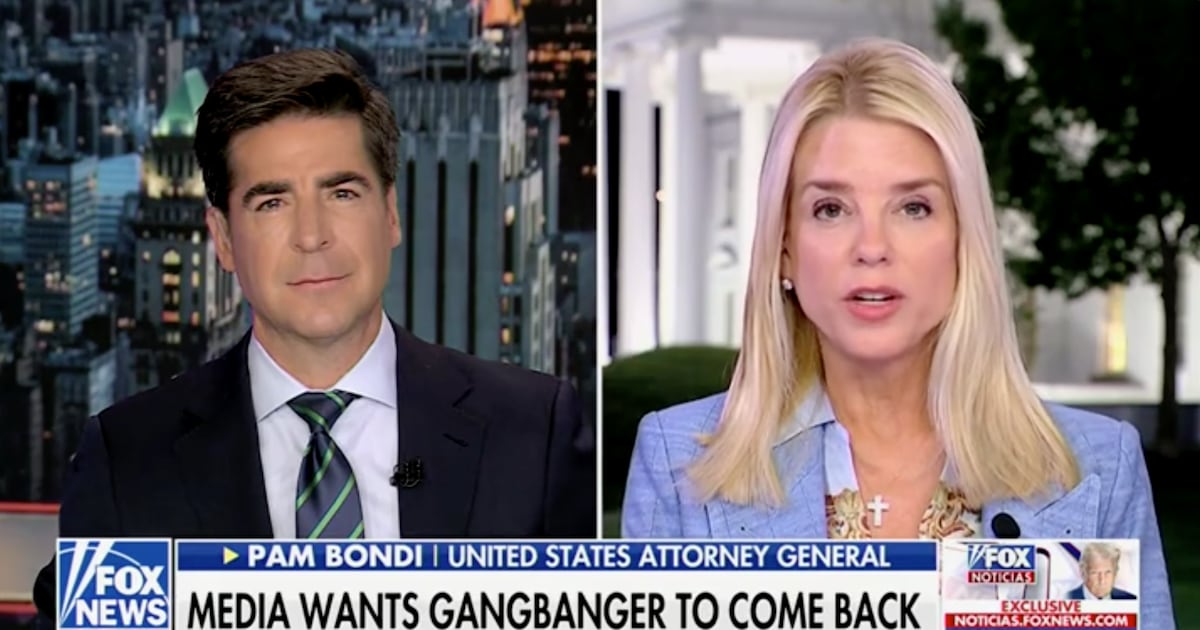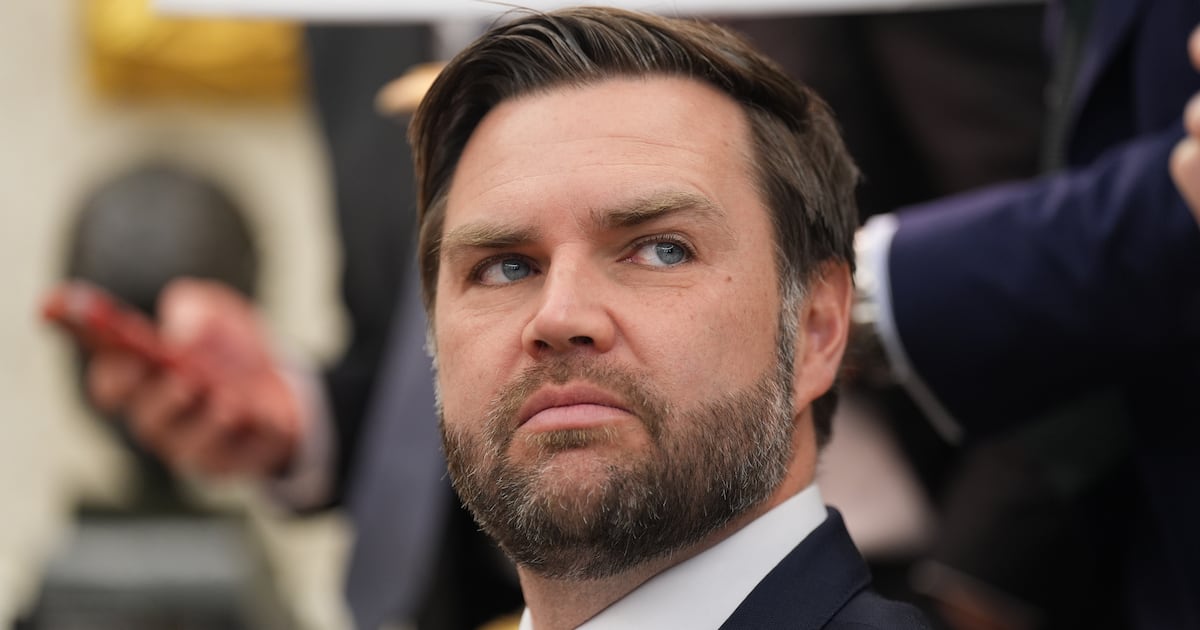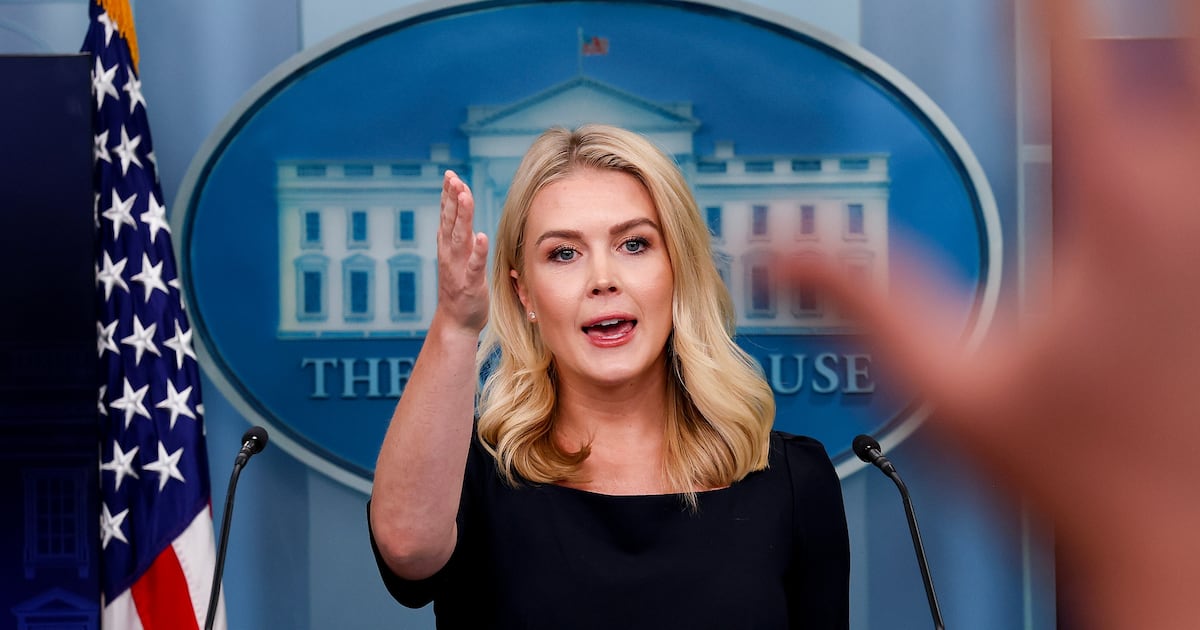In the days after 17 students and educators were gunned down in the halls of Marjory Stoneman Douglas High School, the group Gun Owners for America did what it often does in such macabre moments: It refused to give an inch.
When President Donald Trump announced that he was issuing an executive memorandum outlawing the use of bump stocks—the device that allows a semi-automatic weapon to fire as if it were a fully automatic one—GOA decried it as “a gross infringement of Second Amendment rights.” When Trump threw his support behind a bill that would strengthen state reporting requirements to the federal database of gun purchases, GOA put out a fact-sheet that called it a “fool’s errand.”
That was just a start. A couple days later, GOA Executive Director Erich Pratt told members to stay strong in an 11-minute web video.
“A lot of Republicans are wetting their pants right now,” he said.
To those members who worried the “battle was already lost,” Pratt reminded them that they’d faced down pressure after horrific mass shootings like the one at Columbine High School and Sandy Hook Elementary School and won, even without the help of “very big gun rights organizations that were supporting what I would call gun control light.”
In the event that his members felt discouraged, Pratt channelled Prime Minister Winston Churchill’s decision to face down the Nazis.
“So, here we are again, the battle is intense,” he said. “But look, if you are tempted to quit, thinking that the cause is already lost, I want to encourage you to do something: rent The Darkest Hour, and watch it… That’s the attitude we need to have.”
Gun Owners for America, which did not return multiple requests for comment, is one of a handful of groups that casts itself as more strident than the National Rifle Association on the matter of gun rights.
“[I]n the old days, pre-internet days we used to ignore those people. They were there and they would have magazines,” said Richard Feldman, a former NRA lobbyist who referred to the fringe groups as “gundamentalists.”
But the political influence these organizations have now is underappreciated, Feldman, lawmakers, and even gun control advocates say. And the groups themselves seem to know it.
“The NRA says they’re the 800-pound gorilla in the room,” Dudley Brown, the president of the National Association for Gun Rights, told The Daily Beast. “Well, we are the 800-pound gorilla now.”
Should Trump follow through on his new-found interest in pushing gun control measures, he will be running squarely into this buzzsaw of political self-confidence. In fact, during the president’s wide-ranging bipartisan meeting on Wednesday, GOA put out an “action alert” warning members “every major Leftist institution in America is moving heaven and earth for the enactment of a huge gun ban” and urging them to call their representatives to stop it.
In recent years, groups like GOA and National Association for Gun Rights have stifled legislation, helped unseat lawmakers, and moved the Overton Window of the gun debate. As much as any other factor, they are credited (or blamed) with pushing the NRA to become a more overtly partisan institution, as the famed gun-rights lobby fears it could be outflanked from the right.
“The NRA had to make a decision about doubling down on their base or representing the people that they claim to represent. And they decided, at whatever point, that they would prefer to gin up this base of hard right ideological conservatives,” said Peter Ambler, executive director of the gun-control group Giffords. “They did it because they’re scared that if they work with Democrats, if they cut deals, if they pass laws that conservative pundits would criticize, that that would leave an opening for groups like the Gun Owners of America to take their most ardent supporters.”
The NRA did not return a request for comment. Few political observers would argue that its status as the king of the gun lobby is immediately threatened. But while none of the fellow pro-gun rights groups (GOA, Zelman Partisans, the National Association for Gun Rights, and the Second Amendment Foundation among them) have comparable membership numbers, some have begun to flex their political influence in comparable fashion. Since 2013, the National Association for Gun Rights has spent more than $14 million lobbying Congress, the GOA has spent nearly $5 million, while the NRA has spent just over $20 million.
Though a good portion of the legislative agenda overlaps between the NRA and its more hard-line brethren, the messaging often does not. Groups like GAO and National Association for Gun Rights thrive on presenting the NRA as a squish—too fat and bloated and comfortable in its role as an establishment institution.
“We are not going to lie to our members about how a politician is voting in Washington, D.C., because we want to go to a cocktail party with the politician,” said Brown. “That’s what the NRA does. Always has. We are not going to endorse gun control because it makes us more popular on K Street.”
To a certain degree, the pitch has worked on Capitol Hill, where conservative lawmakers increasingly have turned to the harder-line groups for legislative guidance in the belief that they more closely reflect the pulse of gun owners.
“A lot of Hill conservatives are saying, ‘you know what, we’re not even worth the NRA. They’re focusing on things that are not the Second Amendment. We’re going to start investing our time and our relationships in the other organizations,’” a Republican congressional aide told The Daily Beast. “The NRA is knocking, but they’re not the people that a lot of Hill staffers are calling.”
But the influence of the hardline gun groups can also be felt, in a roundabout way, beyond the most conservative corners of Congress. During the debate over the 1994 crime bill, for example, the NRA initially encouraged its members to re-elect Rep. Jack Brooks (D-TX), the chairman of the House Judiciary Committee and a longtime NRA ally, after Brooks tried but failed to remove the Assault Weapons Ban from the final legislative product. That was an apostasy for Gun Owners of America, which demanded that Brooks be taken down for not stopping the bill entirely. Fearful of looking like an apologist for a longtime lawmaker, the NRA eventually turned on Brooks too. The Texas Democrat lost his seat that cycle after having served in office for 42 years.
“The GOA absolutely put Brooks’ scalp on the wall,” David Kopel, a fellow at the Cato Institute recalled. “They earned that one.”
Kopel, who authored the book The Truth about Gun Control, argued that what makes groups like GOA so effective is also what limits their influence in the long run. An organization that doesn’t care too much about relationships on the Hill can spend its time pushing ideas that will go nowhere—at least on the federal level—while railing against legislative proposals that emanate from ostensible allies.
“They don’t mind burning bridges,” as he put it.
What that means, in practical terms, is that these groups often find themselves at the vanguard of the pro-gun movement following incidents of national tragedy, even as the NRA stays silent. After the shooting at Sandy Hook Elementary, which resulted in the death of 20 first graders, GOA claimed that blood was on the hands “of Congress and the Connecticut legislators who voted to ban guns from all schools in Connecticut.” Then-CNN host Piers Morgan called the group’s then-Executive Director Larry Pratt “an unbelievably stupid man” on air for doing so, after which calls increased to deport Piers Morgan.
What it also means is that, in a post-Parkland world, these groups will find themselves defying not just their occasional bête noire, the NRA—which has expressed support for phasing out bump stocks via regulation and for strengthening the NICs system—but also the president himself.
“We are not trying to appeal to the left-wing Republican gun owner who is, frankly, OK with banning accessories or raising the minimum age for firearm purchases,” Brown said. “We aren’t going to appeal to them because we don’t agree with that crap.”
—with additional reporting by Andrew Desiderio and Julia Arciga







